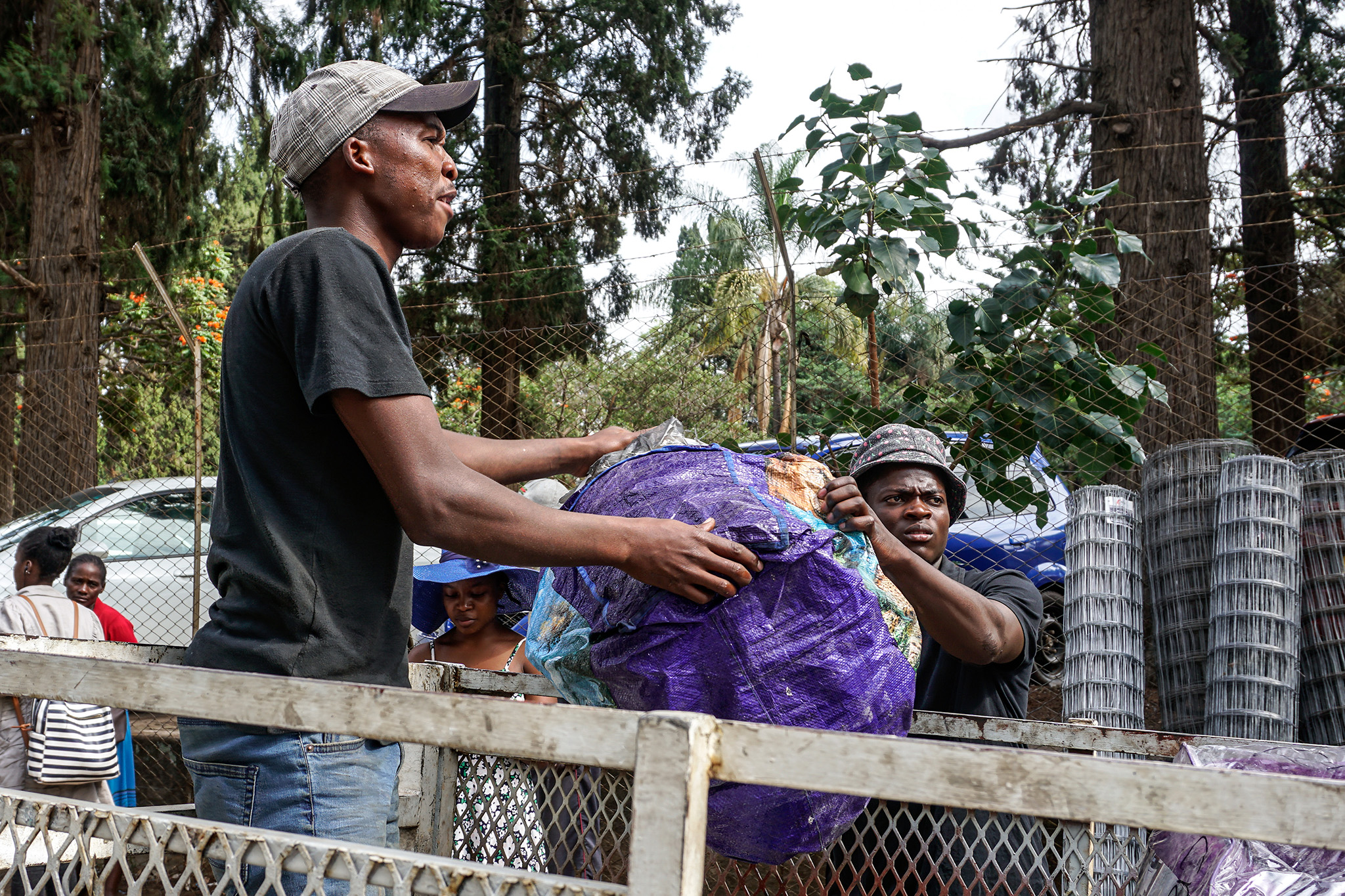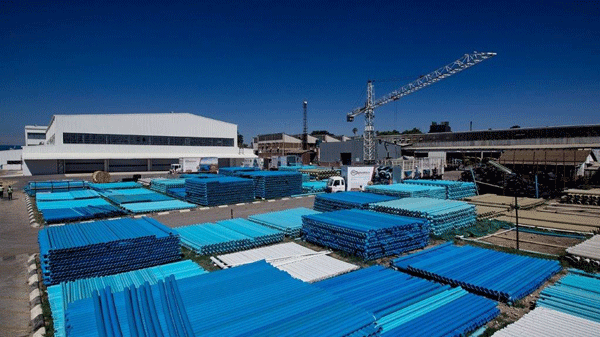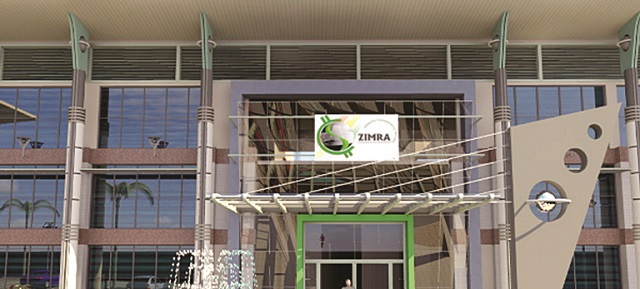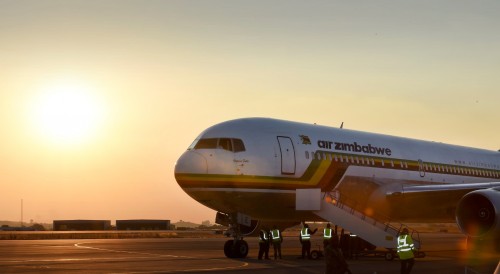AirZim mired in Airbus aircraft ownership mystery
The national flag career, Air Zimbabwe, finds itself embroiled in a controversy surrounding two Airbus A320 aircraft as the ownership of these planes, allegedly donated to the airline through the Government remains shrouded in mystery, Business Weekly can reveal.
The plot thickens as the purported owners, South Jet, is demanding a whopping US$40 million claim from Air Zimbabwe for “utilising” the disputed planes, sources said this week.
The price of a brand-new Airbus A320 starts at around $101 million, but this does not include optional features or customisations, according to https://simpleflying.com/airbus-a320-cost-guide.
In 2012, two Airbus A320s were reportedly donated to the Government of Zimbabwe by a Chinese company (name withheld) to help revive Air Zimbabwe’s struggling operations. However, the circumstances surrounding the donation of the planes remain shrouded in mystery.
The motives behind such a large gift are also unclear, but some officials have been on record contradicting the donation narrative, suggesting the planes were leased instead.
South Jet asserts they were renting the planes to AirZim, also contradicting the donation narrative.
Despite South Jet asserting ownership and demanding lease payments from Air Zimbabwe, this publication could not verify any connection between South Jet and the Chinese company that allegedly donated the planes.
Since their arrival, the planes have remained largely grounded. One reportedly sits idle at OR Tambo International Airport in Johannesburg, South Africa, while the other one is in a hanger in Harare.
However, neither aircraft can be serviced because Air Zimbabwe lacks the necessary software or codes to perform repairs, according to sources.
“Air Zimbabwe may be in physical possession of the aircraft, but the company claiming ownership is withholding the crucial aircraft maintenance software needed,” said one source with knowledge of the matter.
Most aircraft rely heavily on sophisticated software systems for various critical functions.
These include flight control software that manages the flight control surfaces like ailerons, rudders and elevators, ensuring stable and accurate flights and navigation systems that interpret GPS data, display flight paths and provide guidance to pilots.
The software plays a vital role in identifying and reporting malfunctions within aircraft systems. These software systems are typically proprietary and require specific tools and expertise for maintenance and updates. Manufacturers often restrict access to these tools and codes to ensure the integrity and safety of their aircraft.
In the case of Air Zimbabwe and the disputed Airbus A320s, the lack of access to the software and maintenance codes creates a significant hurdle. Even if Air Zimbabwe possesses the aircraft physically, it cannot perform critical maintenance or updates without the authorisation of the party claiming ownership.
Honour Mkushi, the legal representative for South Jet, told Business Weekly on Thursday that the dispute with Air Zimbabwe regarding the A320s remains unresolved. However, he did indicate his client was now in direct communication with the Government of Zimbabwe over the issue.
“…the dispute has not been resolved,” said Mkushi via a text message (but) they are in direct touch with Government of Zimbabwe.”
He could not provide further details on the exact nature of the negotiations. Calls seeking a comment from Transport and Infrastructure Development Minister, Felix Mhona and Air Zimbabwe chief executive Edmund Makona, were not answered this week.
Air Zimbabwe’s struggles extend beyond the ownership dispute of the Airbus A320s. The airline’s broader inefficiencies have created an opening for competitors to exploit. Domestic and regional routes, once dominated by Air Zimbabwe, have seen increased activity from other airlines. The competition further now hinders Air Zimbabwe’s efforts to regain its footing in the aviation market.
Adding to the airline’s woes is the grounded two Boeing B777-200ER aircraft acquired from Malaysia during the First Republic.
The aircraft, while well-suited for long-haul, are too expensive to fly on shorter regional or domestic routes. The inability to effectively utilise the planes further limits Air Zimbabwe’s revenue generation potential.
Turnaround
Air Zimbabwe’s ambitious six-year turnaround plan, launched in 2020 also faces a major hurdle as debts threaten to derail its reintegration into the global aviation network.
Following a period of reconstruction under the State-Indebted Insolvent Companies Act, Air Zimbabwe emerged from administration in June 2021.
The airline’s strategic plan, championed by Grant Thornton and approved by the Government, hinges on recapitalisation through several key programmes reconnecting to the global aviation distribution network, fleet augmentation and modernisation.
While a crucial step has been taken with the full payment of the IATA Clearing House security deposit, a significant obstacle remains, Air Zimbabwe still owes substantial debts to Global Distribution Systems (GDS), critical platforms used by travel agents to book flights worldwide.
These outstanding amounts include EUR 399,634.81 to Amadeus and roughly US$1,1 million to Travelport. The non-payment of these GDS debts has a direct consequence including limited access to the global aviation network.
Without settling these outstanding balances, Air Zimbabwe’s flights will not be readily available for booking by travel agents on major platforms, significantly hindering its ability to attract customers and generate revenue. This development casts a dark shadow over Air Zimbabwe’s ambitious recapitalisation efforts.
The airline’s ability to achieve its goals of fleet modernisation and legacy debt clearance, will likely be hampered by the constraints imposed by this limited access to the global market.
Missed targets
During the first quarter of 2024, Air Zimbabwe fell significantly short of its passenger and cargo targets.
The airline only carried 4 516 passengers against a target of 21 099, a shortfall of nearly 80 percent, statistics from the company show.
The underperformance is attributed to aircraft challenges and delayed relaunch of flights.
Air Zimbabwe operated a smaller route network than originally budgeted due to a lack of available aircraft.
The airline also experienced delays in restarting some of its previously suspended routes.
Cargo transportation also suffered, with only 36 tonnes of cargo uplifted compared to a target of 63 tonnes. Similar to the passenger shortfall, this has been attributed to the equipment and routing challenges faced by the national airline.
Currently, AirZim is operating one B737-200 aircraft, one B767-200 and one Embraer ERJ145.
The airline is operating four against a target of five routes. Johannesburg was suspended owing to the grounding of the ERJ145. However, the ERJ145 has been serviced and ready to resume Johannesburg operations.
Last year, Air Zimbabwe floated a tender inviting bids to dry lease its two Boeing B777-200ER. This was meant to generate revenue while re-establishing its domestic and regional network with more suitable aircraft.-ebusinessweekly










